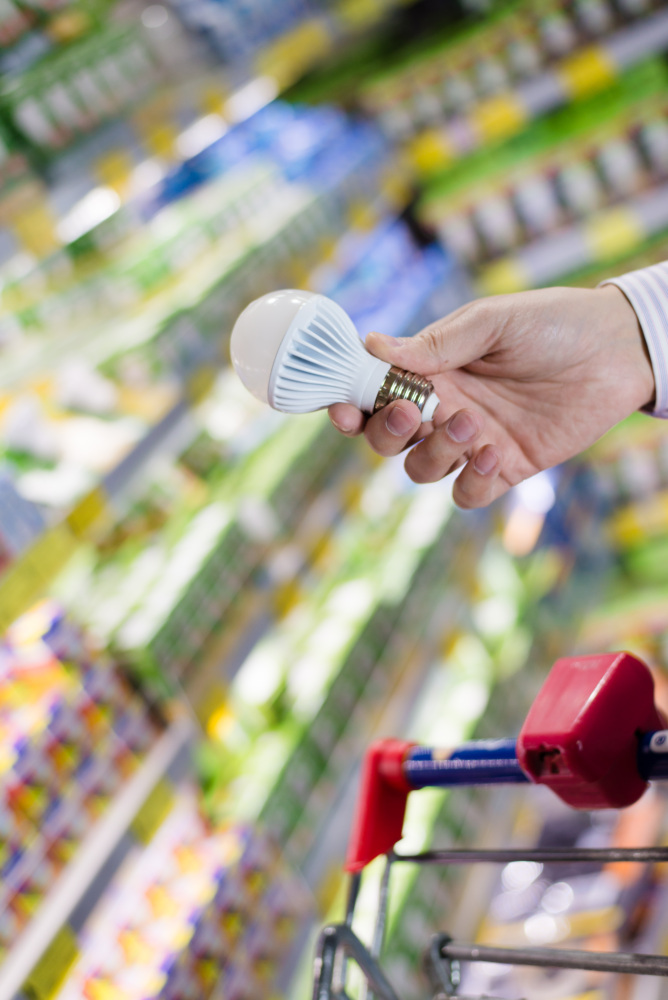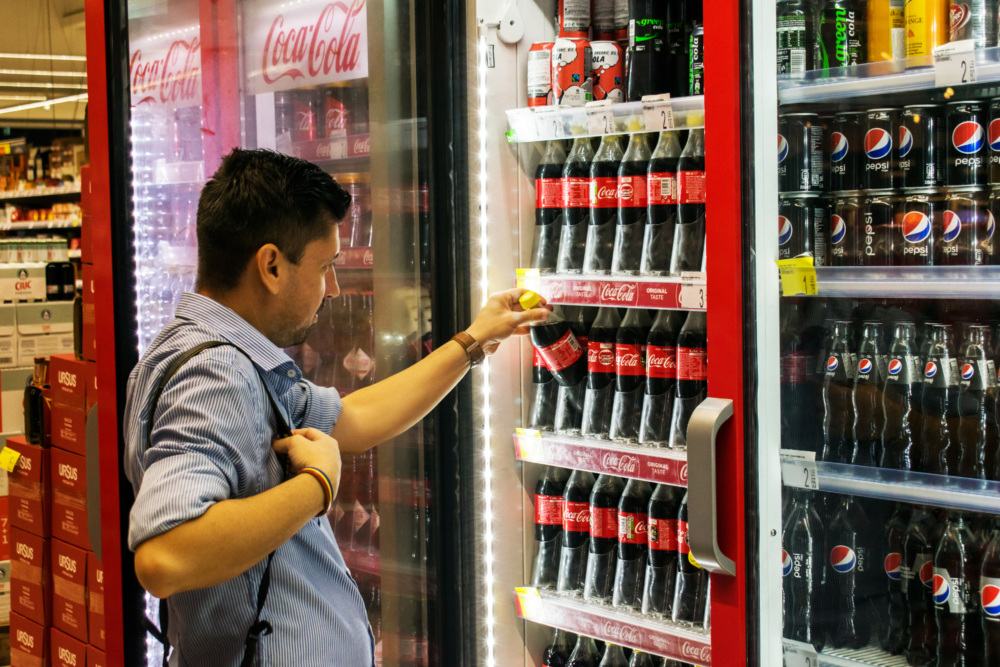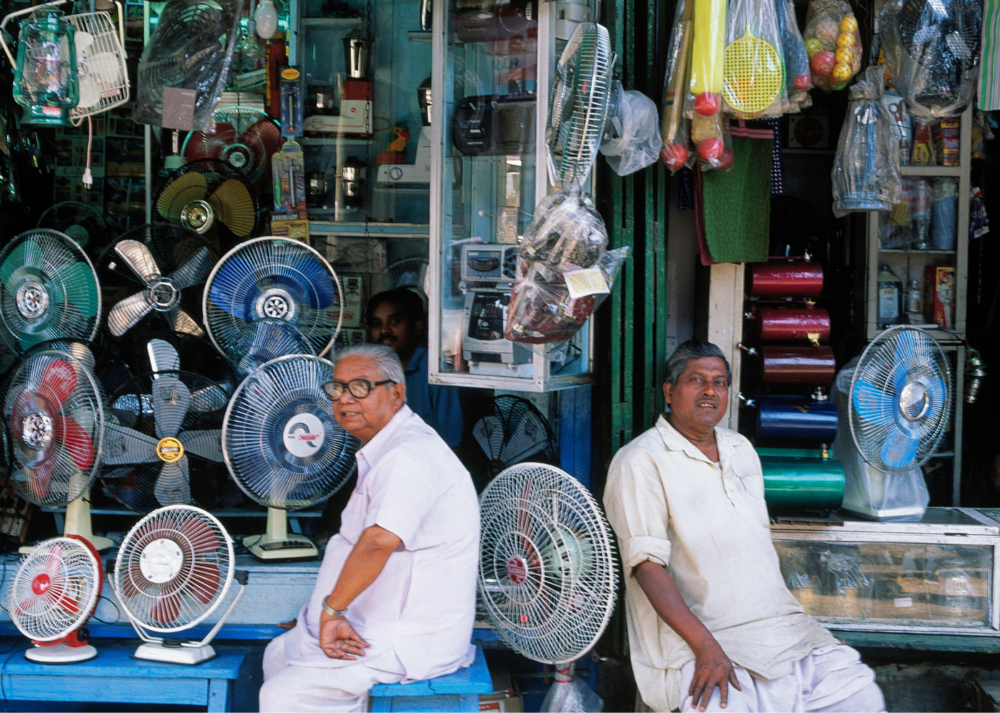Ensuring a Fair European Energy Label for Consumers
The STEP project was designed to help ensure the ongoing trust of consumers in the policy measures that promote energy-efficiency across Europe. The STEP project investigated the test standards of three product groups: televisions, freezers / fridge-freezers, and dishwashers sold in Europe.
The Energy Label relies on European harmonised test standards (EHTS) for efficiency measurements. Energy labelling regulations, defining class thresholds and what information should appear on the label, are policies defined by the European Commission and Member States, whereas EHTS are measurement methods and procedures, developed by the European standardisation body CENELEC (for the three products considered), under a mandate from the European Commission.
We conducted both EHTS tests and deviations from these tests, to explore the performance of these products both in standardised conditions and in conditions that are more representative of real life.
The investigation was limited, with only one unit of each model tested, while official market surveillance tests use larger samples.
The STEP findings suggest four principal concerns with EHTS that may be undermining the accuracy of the label:
- differences in energy consumption between EHTS and ones that reflect real world usage;
- EHTS that do not keep pace with technological progress;
- ambiguities in EHTS that undermine reproducibility of parameters measured; and
- confusing or non-existent consumer information.
This report is a collective undertaking by four different organisations: CLASP, ECOS, EEB and Topten.









